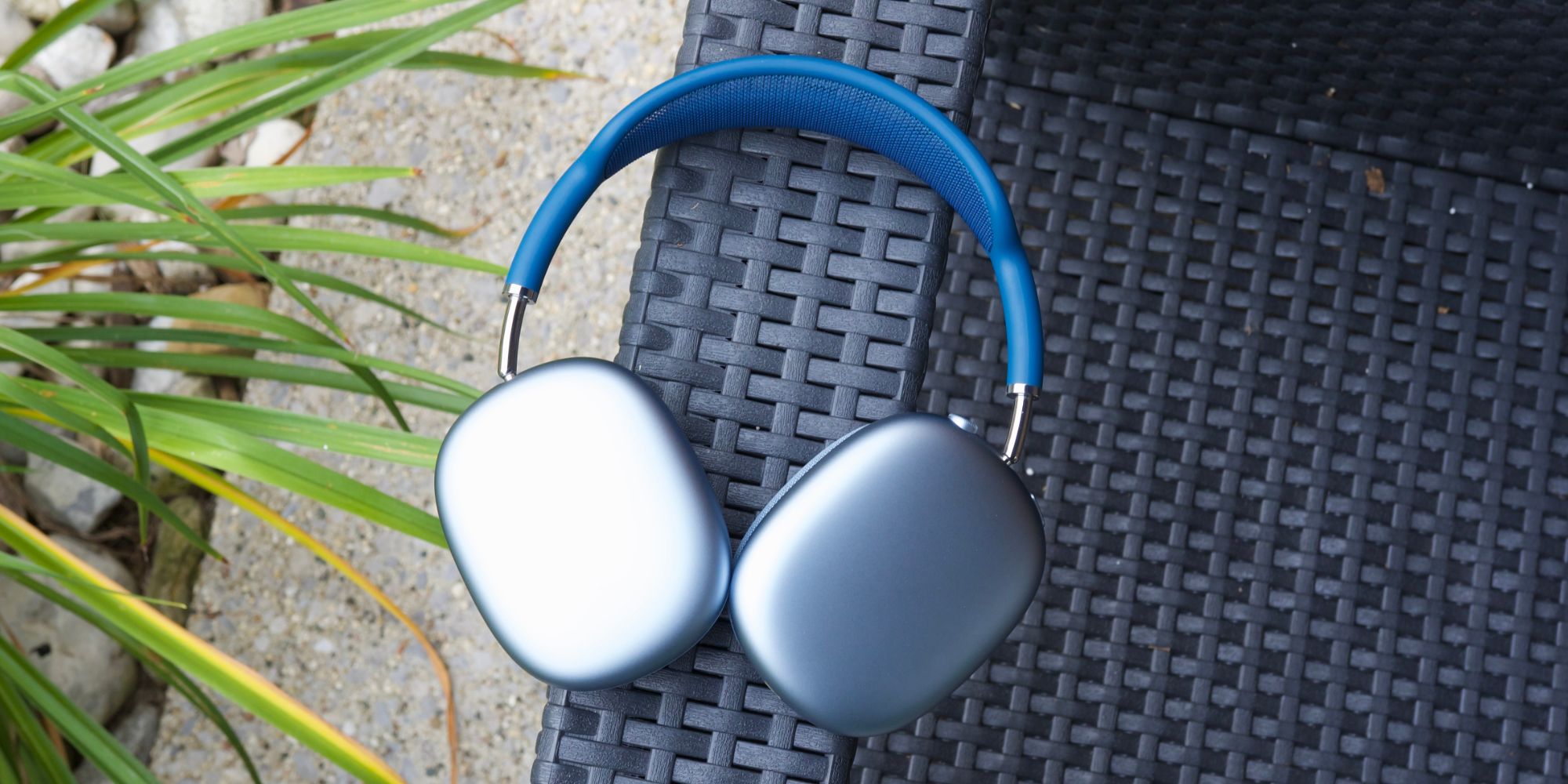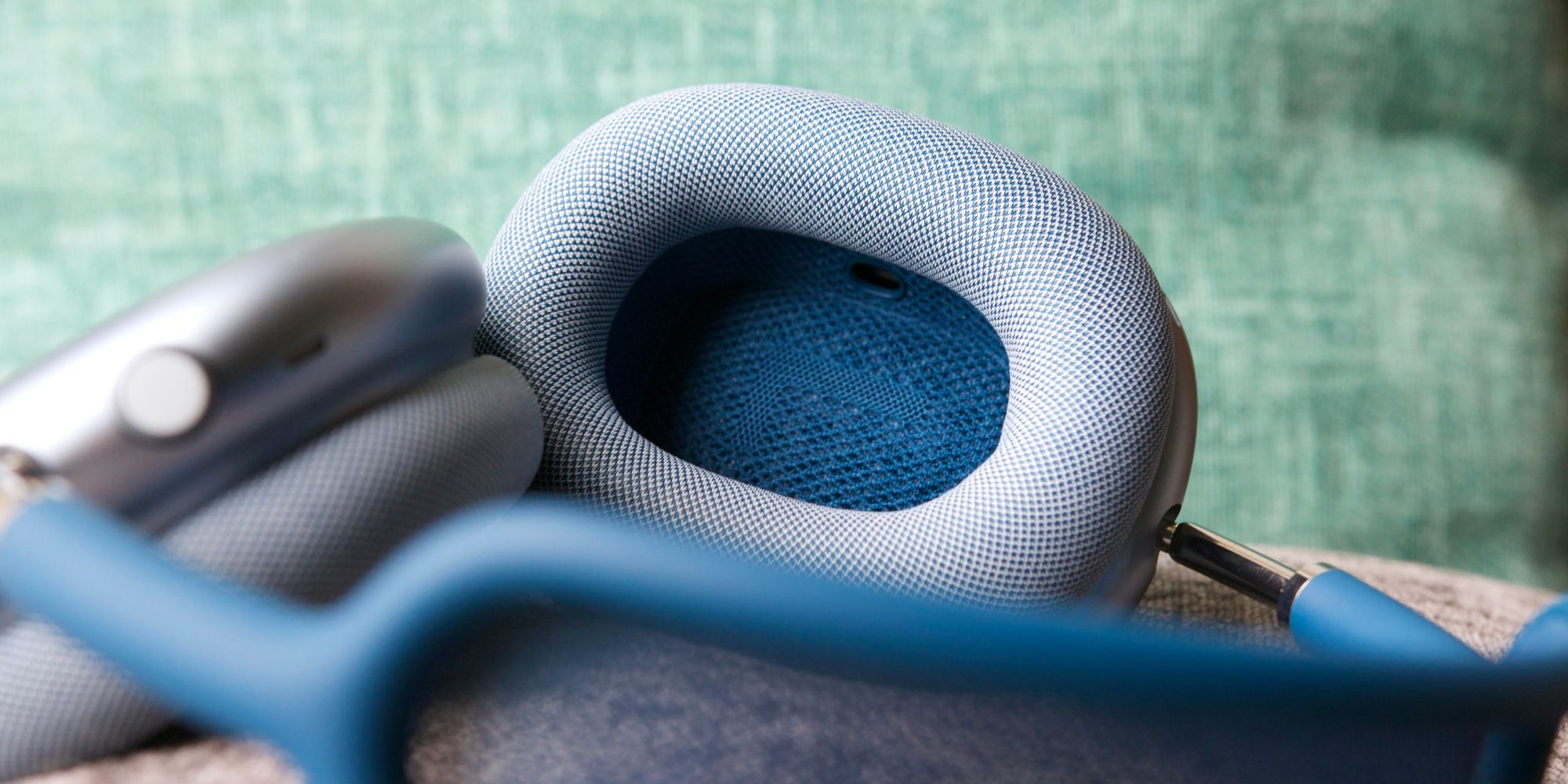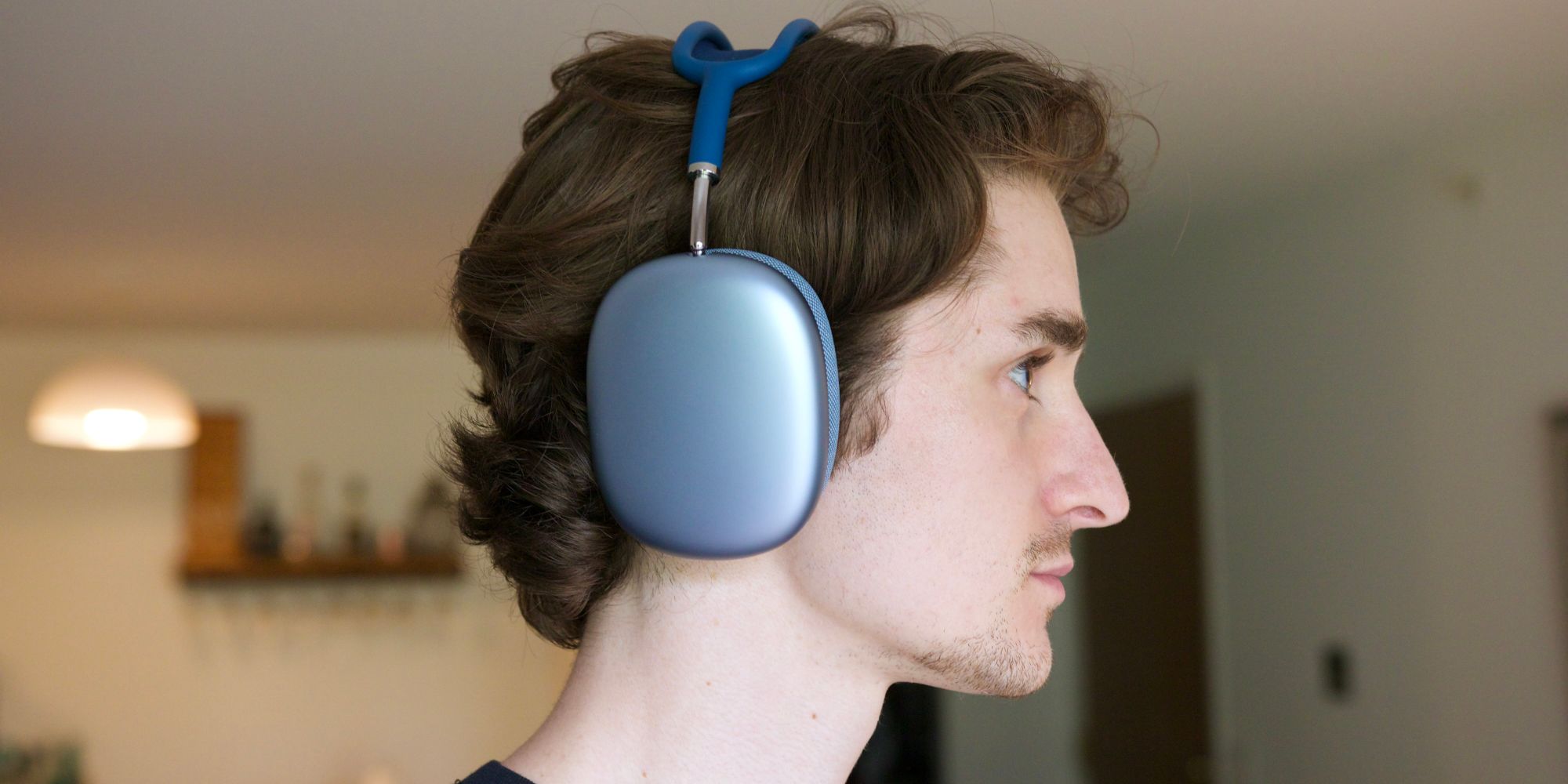AirPods Max are one of the most devisive products Apple has ever released, leading a lot of people to wonder whether or not they’re really worth the $549 asking price. Ever since the headphones launched in December 2020, that debate has remained consistent. Some people argue that AirPods Max are outstanding, others say they’re ridiculously overpriced, and it can make the buying decision rather tricky. Every product has its pros and cons, but when it comes to AirPods Max, there are especially passionate arguments from both sides of the table.
On paper, it’s easy to take one look at AirPods Max and dismiss them as nothing more than wireless headphones that cost way more than they should. They connect to devices via Bluetooth, have active noise canceling, built-in playback controls, and up to 20 hours of battery life. That’s all very similar, if not worse, compared to the Sony WH-1000XM4 and Bose Noise Canceling 700 — headphones that cost $348 and $379, respectively. In that context, AirPods Max and their $549 price tag seem ridiculous. Right?
That’s exactly what this writer thought, but after actually buying AirPods Max and using them daily for over a month, it’s become clear that AirPods Max aren’t 100 percent comparable to those other headphones. They fall in the same category and do many of the same things, but the execution found on Apple’s headphones is unlike anything else on the market. After getting to know AirPods Max and experience them firsthand, here’s why they live up to every bit of the $549 Apple asks for them.
Everything I Love About AirPods Max
With headphones from Bose, Sony, and most other brands, they’re typically made out of plastic. This keeps them lightweight, comfortable, and often allows for foldable designs so the headphones are easy to throw in a backpack/suitcase. AirPods Max ditch this way of thinking entirely, instead opting for a stainless steel and aluminum construction. This means they’re considerably heavier than the competition and don’t have a folding design, but somehow, Apple found a way to still make them a joy to wear. Despite weighing 368 grams (over 100 grams heavier than Bose and Sony’s best headphones), AirPods Max have proven to be the most comfortable headphones ever tested on Screen Rant. This is thanks to a couple of things, the first of which is the headband. In the middle of it is a mesh ‘canopy’ as Apple refers to it, which is both breathable and helps evenly distribute the headphones’ weight across someone’s head. When combined with the extremely plush and comfortable ear cushions that envelope the wearer’s ears, the end result is a pair of headphones that somehow feel like a feather. And, because this is Apple, that attention-to-detail carries over to other elements of AirPods Max. The ear cushions are attached via magnets and can be easily replaced at any time, the telescope-like arms allow for smooth fit adjustments, and the two physical playback buttons are a joy to use. The Active Noise Cancellation button has a satisfying response, while the Digital Crown offers highly precise volume control with unmatched haptic feedback. Saying these are the best-designed headphones might sound overzealous, but if any headphones deserve that title, it’s AirPods Max.
As with any pair of high-end wireless headphones today, AirPods Max are equipped with both active noise canceling and a transparency mode. These are features regularly available on many competitors, but Apple's execution is what makes the difference once again. In regards to ANC performance, it's nothing short of impressive. Certain sounds that are right next to someone, like the wearer typing on a mechanical keyboard, can still be heard. Most things, however, are rendered virtually silent. Whether it be a washing machine just a few feet away, an obnoxiously loud dishwasher, or someone watching TV in the other room, AirPods Max do a phenomenal job of keeping those sounds to a minimum. The effect can actually be a bit too intense where it feels like your ears need to pop after enabling ANC, but there's no denying the power of what's on offer.
What's even more impressive, though, is transparency mode. With the touch of a button, that noise canceling effect is reversed so the user can more easily hear everything happening around them. Transparency mode is found on a lot of headphones and earbuds. And, more often than not, it makes everything sound muffled, artificial, and not enjoyable to use for long stretches of time. With transparency mode on AirPods Max, it legitimately sounds like not wearing headphones at all. There's no uncomfortable pressure, no audio delay, and everything sounds just as natural as it would without headphones. Personally, that's how this writer has been using AirPods Max almost exclusively while working from home. Music still sounds great, it's easy to hear anything happening in the apartment, and the quality of the surrounding audio is unlike any other transparency mode available today.
And, of course, there's audio quality. A $549 price demands AirPods Max sound absolutely incredible. Thankfully, they do. On a technical level, AirPods Max feature custom 40mm drivers, a dual-neodymium ring magnet motor, and 10 audio cores from the Apple H1 chip. In English, that translates to a listening experience nothing short of outstanding. Highs are crystal clear, the mids shine exceptionally well, and the low-end delivers a hefty punch without being too aggressive about it. Regardless of what kind of music someone's listening to, songs are filled with clarity and detail not found with competing headphones that cost $200 less. And that's not to mention songs on Apple Music with Dolby Atmos support. Dolby Atmos works with multiple headphones/earbuds to create a more immersive experience, but on AirPods Max, the effect is on its strongest display. Listening to Imagine Dragon's Cutthroat or twenty one pilots' The Outside with Dolby Atmos enabled, AirPods Max somehow become even better than they are with non-Atmos tracks. Tl;dr, the headphones sound damn good.
The Downsides Of AirPods Max
All of the above points have resulted in AirPods Max being a somewhat magical experience, but magical isn't the same as perfect. No gadget is flawless, and even for AirPods Max, this is a rule they can't escape. As many people have pointed out in the months since AirPods' Max release, one of the prime examples of this is the included 'Smart Case.' Rather than having a simple power button on AirPods Max, Apple thought it would be better to have them on constantly — except when they're placed in their case. This might be a fine idea in theory, but the way it's implemented here is honestly mind-boggling. The Smart Case offers virtually zero protection for the headphones, the cutout for the Lightning port doesn't line up exactly, and not taking the headphones out of the case just right results in both ends slamming into each other — possibly resulting in dents/scratches in the aluminum.
There is always the option of ignoring the case entirely, but that would then result in even worse battery life than the headphones already have while using the case as intended. Apple advertises up to 20 hours of listening time for AirPods Max with ANC or transparency mode turned on. That's 10 hours less than most other noise-canceling headphones, and it means needing to charge the AirPods about every 3-4 days with regular use at home. Furthermore, when it comes time to charge, AirPods Max use the aforementioned Lightning port instead of the much more ubiquitous USB-C. Even for someone like myself that uses an iPhone and Mac every single day, having to dig out a Lightning cable to charge AirPods Max is never not annoying.
The last point to make isn't necessarily a full-on con, but more so a mixed bag. Just like regular AirPods or AirPods Pro, AirPods Max work seamlessly within the Apple ecosystem. They pair automatically, switch between other Apple devices with the same Apple ID, and share music with other AirPods. All of this usually works wonderfully, but there have been times where the effect breaks. Occasionally, AirPods Max will show that they're connected to a Mac yet won't actually play audio from it — thus requiring them to be manually disconnected and reconnected. Getting a phone call while listening to AirPods Max can also freak it out quite easily, sometimes resulting in the music becoming extremely muffled and still trying to play while talking to someone. These incidents don't happen every day, but for $549 headphones, it is disappointing whenever they do.
Are AirPods Max Really Worth $549?
With all of those pros/cons in mind, is it worth buying AirPods Max? In this case, that answer varies considerably depending on who's asking. For the person that's just in the market for good wireless headphones and isn't married to the Apple ecosystem, it's hard to justify AirPods Max. They're exorbitantly expensive, almost all of the smart features are nonexistent on Android and Windows, and there are countless other headphones that work far better with non-Apple devices. And even for the person that has an iPhone or a Mac, it might be worth buying the Sony WH-1000XM4, saving a couple of hundred bucks, and calling it a day.
But here's the thing. If someone is all-in on Apple, can comfortably justify the price, and wants the most premium consumer headphone experience available today, AirPods Max fit the bill like no other competitor can. Even with the mediocre battery and occasional software glitch, the headphones have continued to impress day in and day out. People often argue that iPhones, iPads, and Macs are overpriced — yet they also happen to be some of the best devices in their particular niches. That's exactly the case with AirPods Max. They're not a good value proposition and are easily outpriced by numerous other options, but they're also an undeniable industry leader for wireless headphones.




